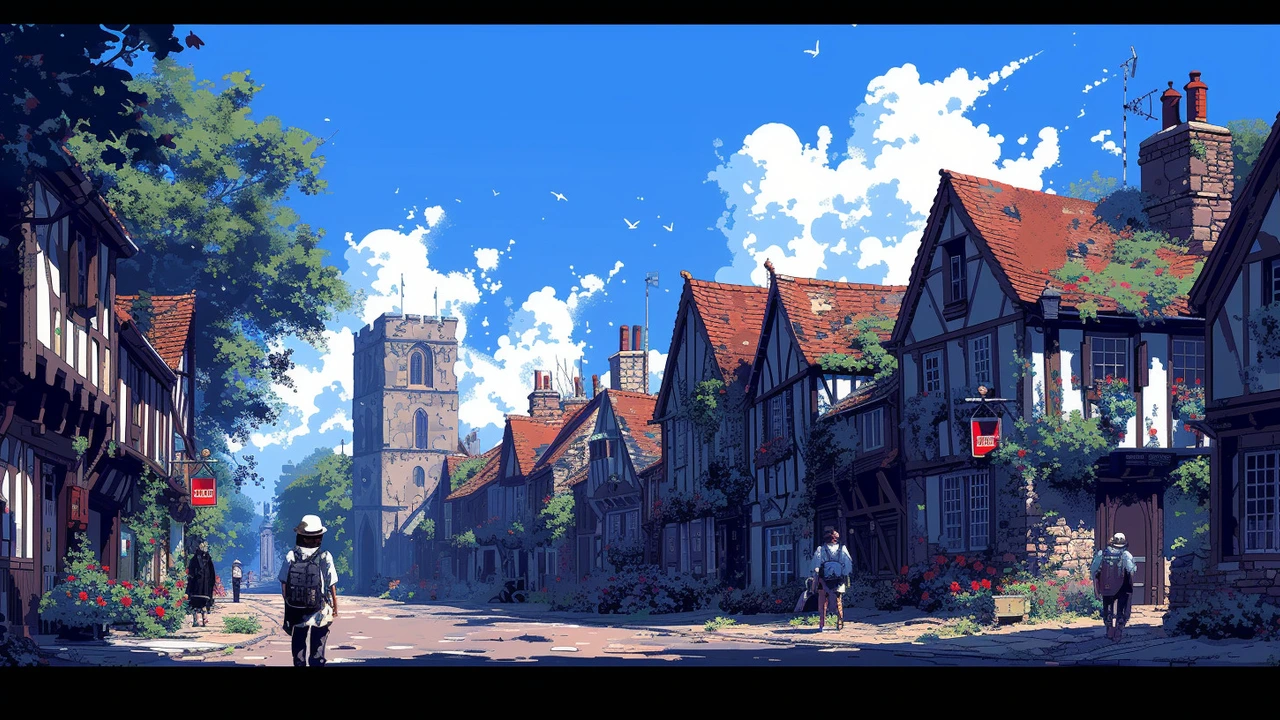Celebration of Architecture: How to Spot, Enjoy, and Share Great Buildings
Architecture gives us shapes, stories, and moments worth celebrating. If you want to notice why a Roman arch still feels powerful, why a Gothic spire makes you look up, or how a Craftsman porch invites you in, start with a plan. Pick a neighborhood or a theme — like Revival styles, Byzantine mosaics, or modern minimalism — and give yourself one clear goal for the walk: take photos that show one detail, learn one date, and find one favorite spot.
Bring basics: a phone for pictures, a small notebook, and a map app. Focus on details: column capitals, rooflines, window patterns, and entryways. When you photograph, try two passes: a wide shot to fix context, then a tight shot for texture. Use early morning or late afternoon light for color and shadow; that simple change makes brick, stone, and metal sing.
Quick ID tips for common styles
Roman and Romanesque: look for rounded arches, heavy stone, and simple, bold forms. Gothic and Gothic Revival: seek pointed arches, tall windows, and decorative tracery. Byzantine: expect domes, mosaics, and bold color inside religious buildings. Colonial and Georgian: count on symmetry, classic columns, and tidy facades. Beaux-Arts and Renaissance Revival show rich ornament, grand staircases, and formal balance. Keep a small cheat sheet with three markers per style and you’ll start recognizing them faster.
You can celebrate architecture without being an expert. Join a local walking tour or follow a themed route online. Share findings in short posts: one image, one clear observation, one quick fact — like "This 19th-century house has a gambrel roof characteristic of Dutch Colonial Revival." That format keeps readers curious and lets you build a steady audience.
Simple ways to make it social or personal
Turn an outing into a mini-event: invite friends for a themed walk, or host a photo swap night where everyone shows three favorite shots and explains why. If you care about preservation, attend community meetings or volunteer with a local historic group — small actions like documenting a building or helping with a plaque matter. For home projects, borrow one idea: reuse a Craftsman porch detail, add a classical column, or pick a color palette inspired by Art Nouveau tiles.
Finally, keep learning by reading one short article after each visit. Use the names you spot — Baroque, Art Nouveau, Postmodern — and search one quick phrase to learn its story. Celebration doesn’t mean perfection; it means paying attention, sharing what you love, and doing one small thing that helps buildings keep their stories alive.
Quick checklist: pick a theme, set a 90-minute limit, take three photos, note one historical fact, and share one discovery. Try a monthly challenge: focus on a different style each month — Roman, Gothic, Byzantine, Georgian, Modern — and compare what surprised you. Over time you’ll build a photo library and a sharper eye for design. Make a short map of favorites to revisit and compare later.

Celebrating the Richness and Diversity of Tudor Architecture
In my recent exploration, I've been absolutely tickled pink by the grandeur and variety of Tudor Architecture! These architectural gems, dating from the playful, yet somehow regal, time of the Tudors (1485-1603), are a delightful mishmash of styles, materials, and design motifs. From charming half-timbered houses, popping up like a scene from a fairy tale, to imposing stone castles with their majestic appeal - the range is simply astounding! It's like diving into a hearty architectural fruit salad, each bite offering a new surprise. So, let's put on our explorer hats and join the jolly jamboree, celebrating the rich, diverse, and slightly quirky world of Tudor architecture!
Read more